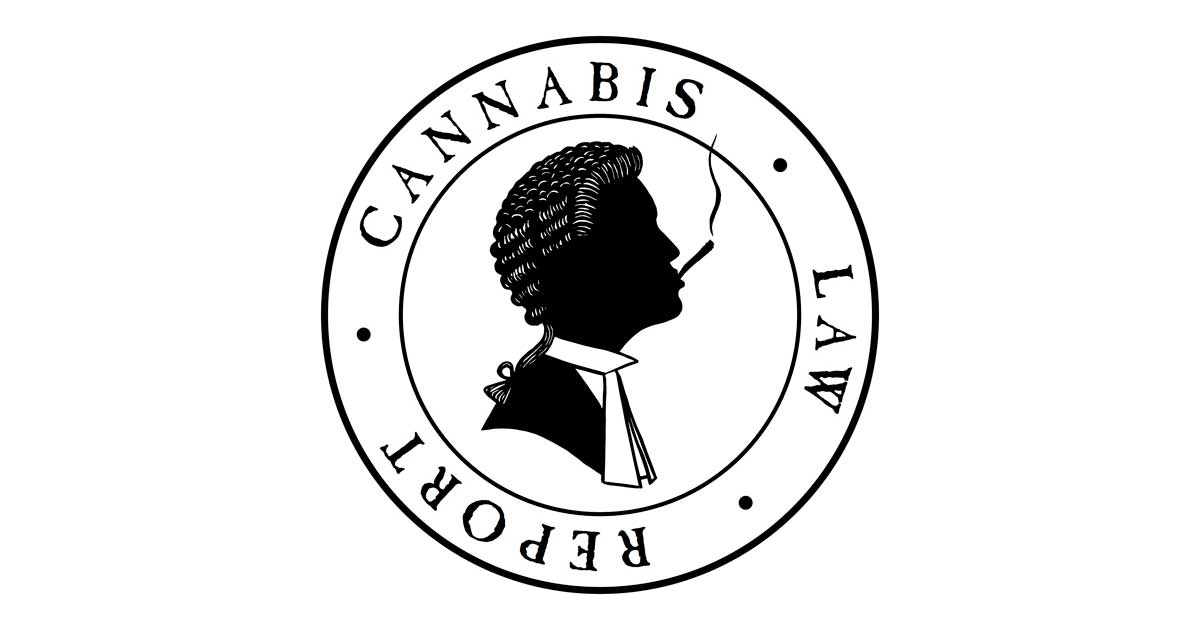Even the most responsible hemp operator should understand that it operates in a world full of risk. But I doubt many of them believe they might be accused of racketeering. Last week, the U.S. Supreme Court heard arguments about whether to sanction a commercial trucker’s attempt to bring a racketeering claim against CBD companies, whose allegedly mislabeled products the trucker claims led to his firing.
As always, Sam Reisman at Law360 distills the issue nicely:
The case concerns an allegation that companies sold CBD products with detectable amounts of THC, purportedly costing plaintiff Douglas J. Horn his job as a commercial trucker after he tested positive on a drug test. Oral arguments on Tuesday hinged largely on whether Horn’s claims stemmed from a personal injury — which would be excluded from the Racketeer Influenced and Corrupt Organizations Act, or RICO — or whether his firing was an economic injury and therefore redressable under RICO.
In taking the case, the U.S. Supreme Court could resolve a 3-2 circuit split over whether the civil prongs of the RICO statute allow a plaintiff to seek damages for economic harms stemming from injuries to their person.
Again, from Reisman:
During oral arguments on Tuesday, the liberal wing of the high court expressed skepticism with the CBD companies’ rendering of the case, which they said foregrounded Horn’s ingestion of the product as the source of the injury, as opposed to his firing for a positive drug test.
…
Lisa Blatt, an attorney for the CBD companies, told the justices that agreeing with Horn’s interpretation of the statute would open the door for virtually limitless personal injury cases under civil RICO, as long as plaintiffs could allege some connection between their ingestion of a product and a loss to their business or property: “Respondent’s rule also leaves the personal exclusion [in civil RICO] toothless, since virtually all personal injuries result in monetary loss,” Blatt said. “It is utterly implausible that Congress federalized every slip-and-fall involving RICO predicates. Personal injuries are serious and may support state tort claims, but they are not the stuff of RICO.”
On the other side, conservative justices attempted to discern how to draw a line between bona fide economic claims and personal injury claims pleaded as economic claims.
Easha Anand, arguing on behalf of Horn, said the vast majority of personal injury claims, such as those alleging pain and suffering or emotional distress, would still be excluded even if Horn was permitted to pursue his RICO claim against the CBD companies: “In your average slip-and-fall case, you’re not going to be able to prove a predicate act, let alone a pattern of predicate acts, let alone a pattern carried on through a racketeering enterprise,” Anand said.
…
Justice Neil Gorsuch observed, “There’s a failure to warn that this product contains ingredients that your client didn’t know about and should have known about and had a right to know about. I would have thought that that would have been kind of a classic personal injury.”
The Takeaway
This is pretty scary stuff for CBD and other hemp operators. RICO is no joke and carries very serious penalties (both civil and criminal depending on who is bringing the suit).
From the perspective of a CBD manufacturer, it seems unfair to hold the manufacturer responsible to control how its products are used and, as in this case, the implications of that use (here, an alleged economic injury).
If the Court rules that CBD and other hemp manufacturers are subject to RICO charges simply by selling their products to people who do things outside of the manufacturers’ control, it could pose an existential crisis to the industry with potentially unlimited civil (and maybe even criminal) liability. We have warned about this before.
That said, while it’s always difficult to predict how the Supreme Court will vote on any issue, I do not believe the Court will push the hemp industry to the brink. I suspect the Court will either rule that the claims in the present case are personal injury claims excluded from RICO and/or provide guidance for how lower courts should examine such “mixed” claims.
We’ll of course provide additional information once we hear from the Court. Stay tuned.


 Cannabis News2 years ago
Cannabis News2 years ago
 One-Hit Wonders2 years ago
One-Hit Wonders2 years ago
 Cannabis 1012 years ago
Cannabis 1012 years ago
 drug testing1 year ago
drug testing1 year ago
 Education2 years ago
Education2 years ago
 Cannabis2 years ago
Cannabis2 years ago
 Marijuana Business Daily2 years ago
Marijuana Business Daily2 years ago
 California2 years ago
California2 years ago















